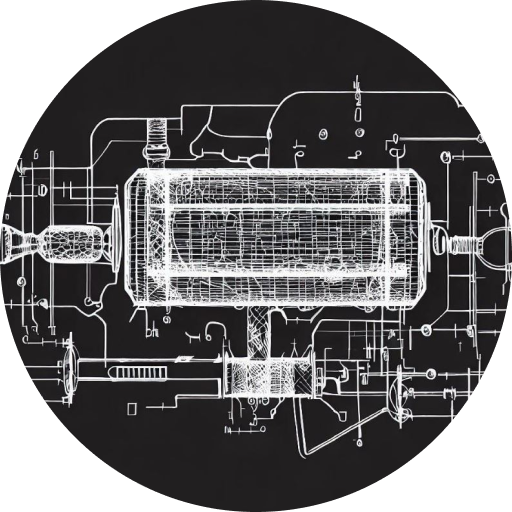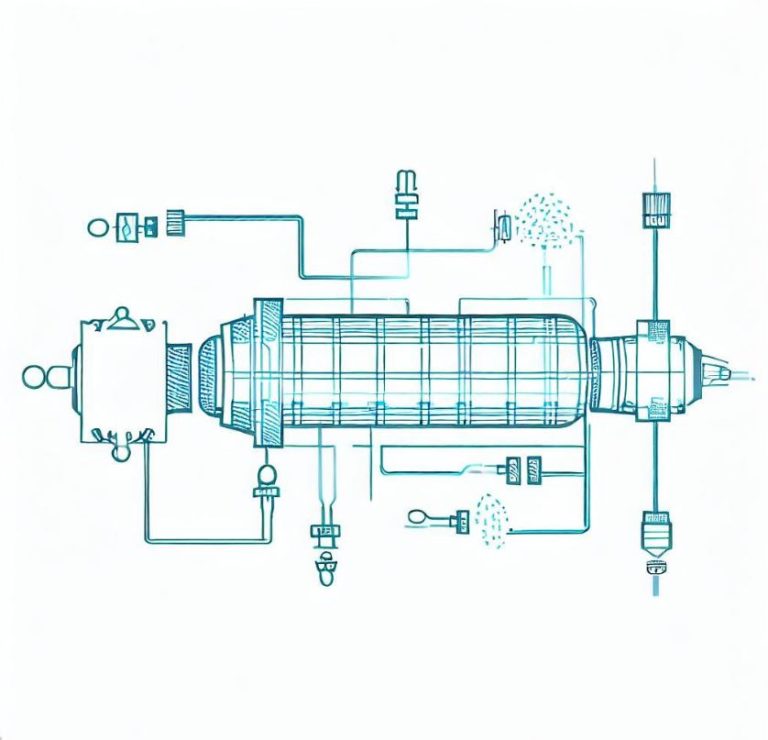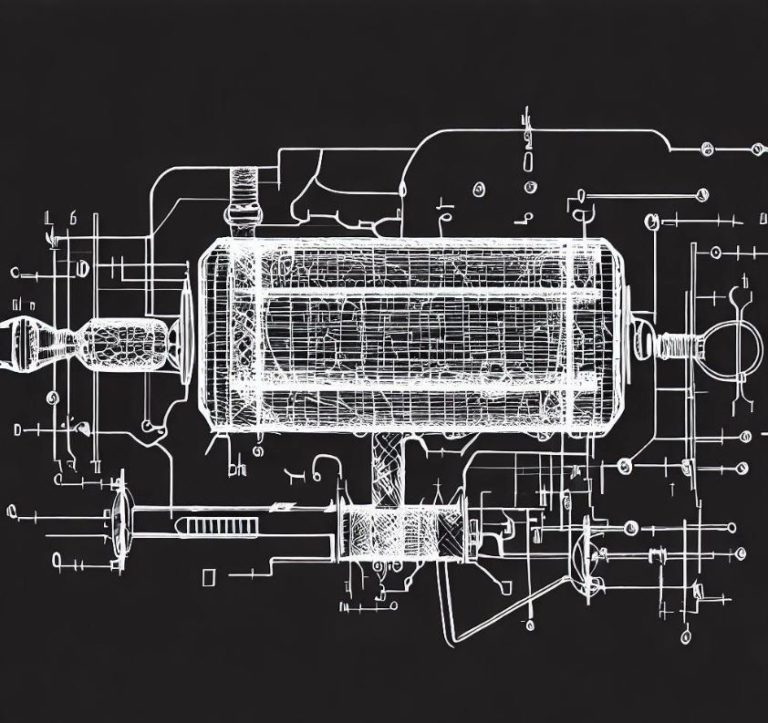Has Your Catalytic Converter Been Stolen? Here’s How to Tell
Introduction:
Catalytic converter theft has become a prevalent problem in recent years. These valuable components are targeted by thieves due to the precious metals they contain. If you suspect that your catalytic converter has been stolen or want to take precautionary measures, this guide will help you identify the signs of theft and take appropriate action. By following these steps, you can determine if your catalytic converter has been stolen and seek the necessary assistance.
To ensure the credibility of our information, we will reference the Catalytic System website (https://www.catalyticsystem.com) throughout this article. They provide valuable resources and expertise on catalytic converters and their theft prevention.
Step 1: Visual Inspection
The first step is to visually inspect the underside of your vehicle. Look for signs of tampering or damage to the exhaust system. Stolen catalytic converters are often removed by cutting through the exhaust pipes, leaving noticeable marks. Additionally, you may notice dangling or disconnected sections of the exhaust system. If you see any of these signs, it’s likely that your catalytic converter has been stolen.
Step 2: Unusual Noise
If you start your vehicle and notice an unusual noise, such as a loud and roaring exhaust, it could indicate a stolen catalytic converter. Without the catalytic converter in place, the exhaust gases can flow more freely, resulting in a louder and different exhaust sound. If you observe a significant change in your vehicle’s exhaust noise, it’s recommended to have it inspected by a professional.
Step 3: Difficulty Starting the Vehicle
In some cases, thieves may damage the vehicle’s exhaust system during the theft, which can lead to difficulty starting the engine. If you experience problems with starting your vehicle or notice a decrease in performance after hearing unusual noises, it’s essential to have a mechanic inspect the exhaust system for any theft-related damage.
Step 4: Check the Check Engine Light
A stolen catalytic converter can trigger the check engine light on your vehicle’s dashboard. The removal of the catalytic converter can disrupt the proper functioning of the emissions control system, leading to a fault code being registered. If your check engine light illuminates, it’s recommended to have the vehicle scanned for error codes to determine if the catalytic converter is involved.
Step 5: Contact Authorities and Insurance
If you suspect that your catalytic converter has been stolen, it’s crucial to report the incident to local law enforcement. Provide them with any relevant information, including evidence of tampering or damage. Additionally, contact your insurance company to report the theft and initiate the claims process.
Conclusion
Identifying a stolen catalytic converter is important for taking appropriate action and seeking assistance. By visually inspecting the vehicle, listening for unusual noises, checking for difficulty in starting the vehicle, and monitoring the check engine light, you can determine if your catalytic converter has been stolen. If theft is confirmed, contact the authorities and your insurance company promptly.
For further reading on related topics, we recommend the following articles:
“Understanding What Causes a Catalytic Converter to Fail” at https://www.catalyticsystem.com/understanding-what-causes-a-catalytic-converter-to-fail
“Driving with a Bad Catalytic Converter: The Consequences” at https://www.catalyticsystem.com/driving-with-a-bad-catalytic-converter-the-consequences
Remember to consult the Catalytic System website for comprehensive information on catalytic converters and theft prevention techniques.
- Upgrade Your Honda Accord with the Best Catalytic Converter for Enhanced Performance - October 30, 2023
- Boost Your Chrysler 300’s Performance with a High-Quality Catalytic Converter - October 30, 2023
- Enhance Your Jeep Liberty Performance with a Catalytic Converter - October 30, 2023









